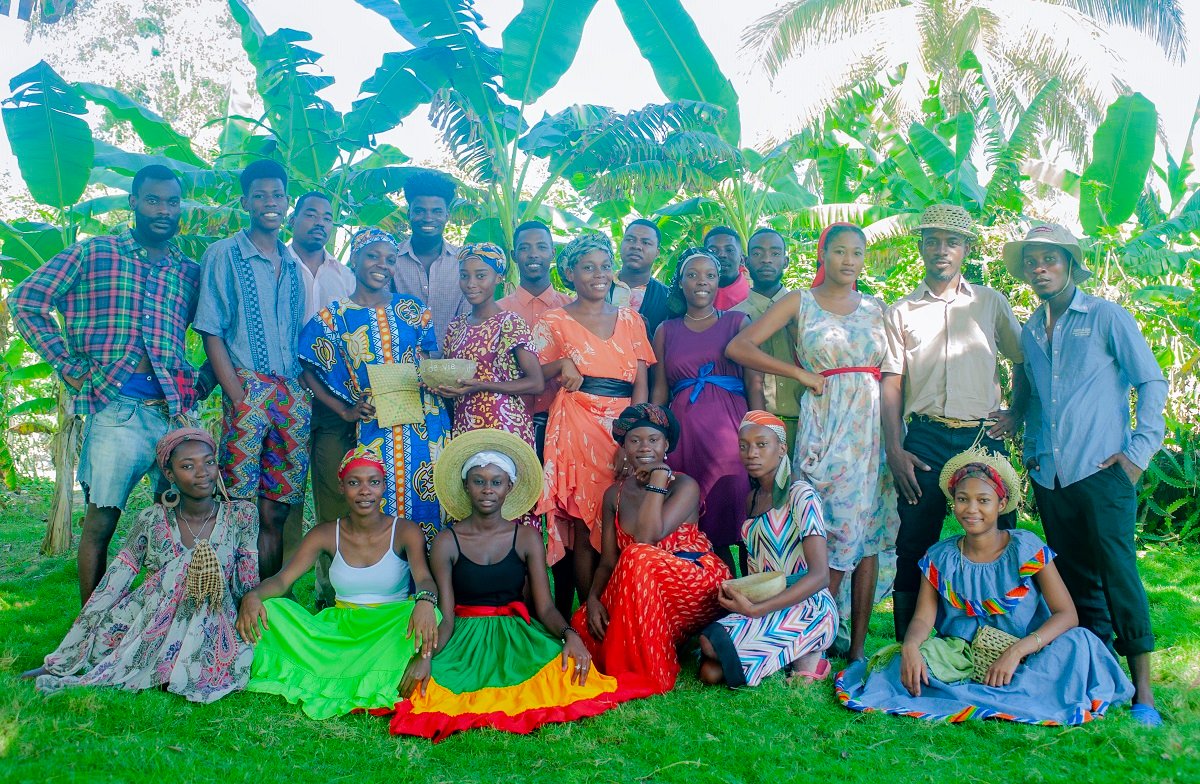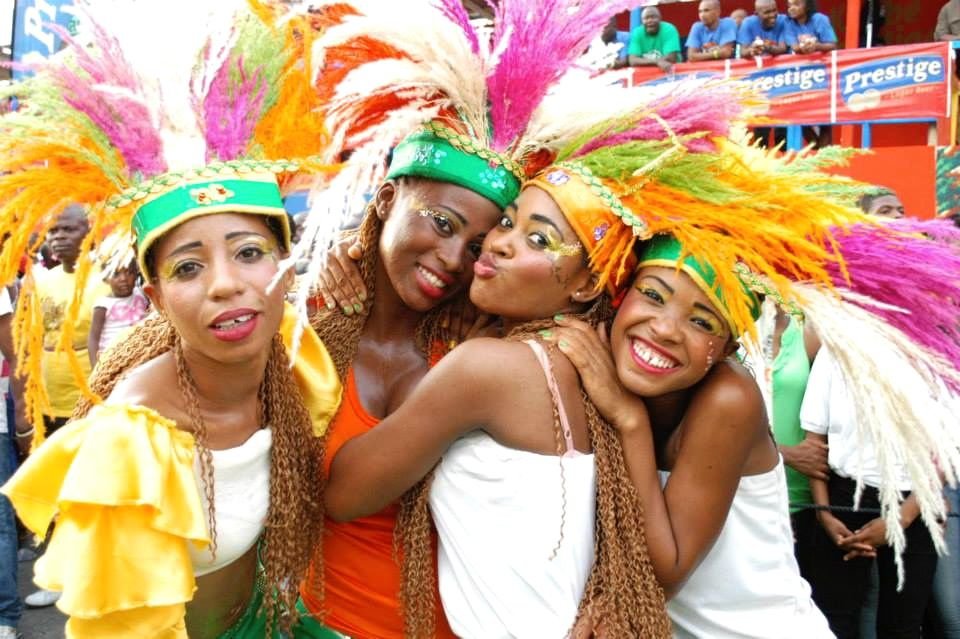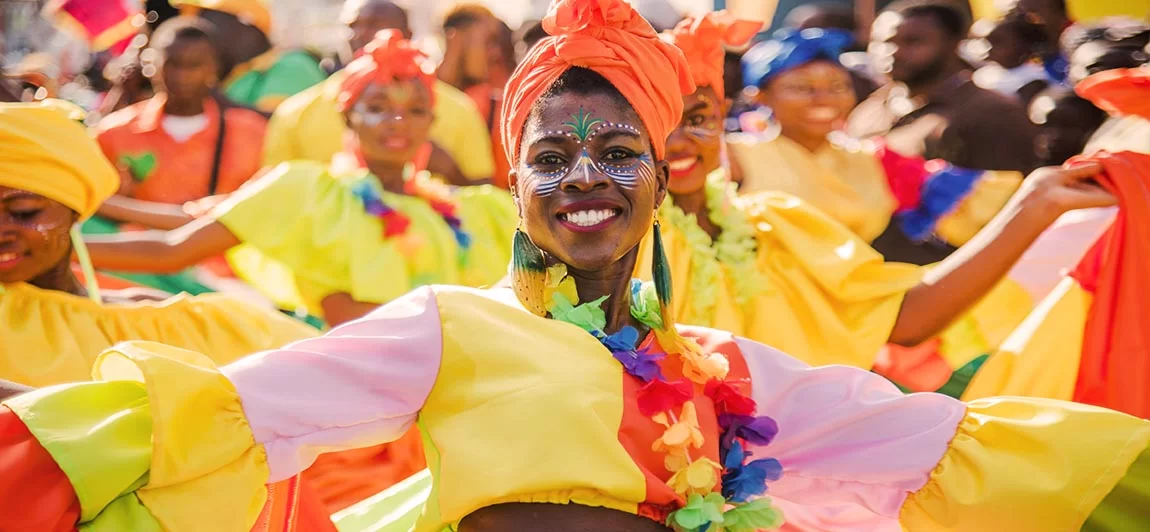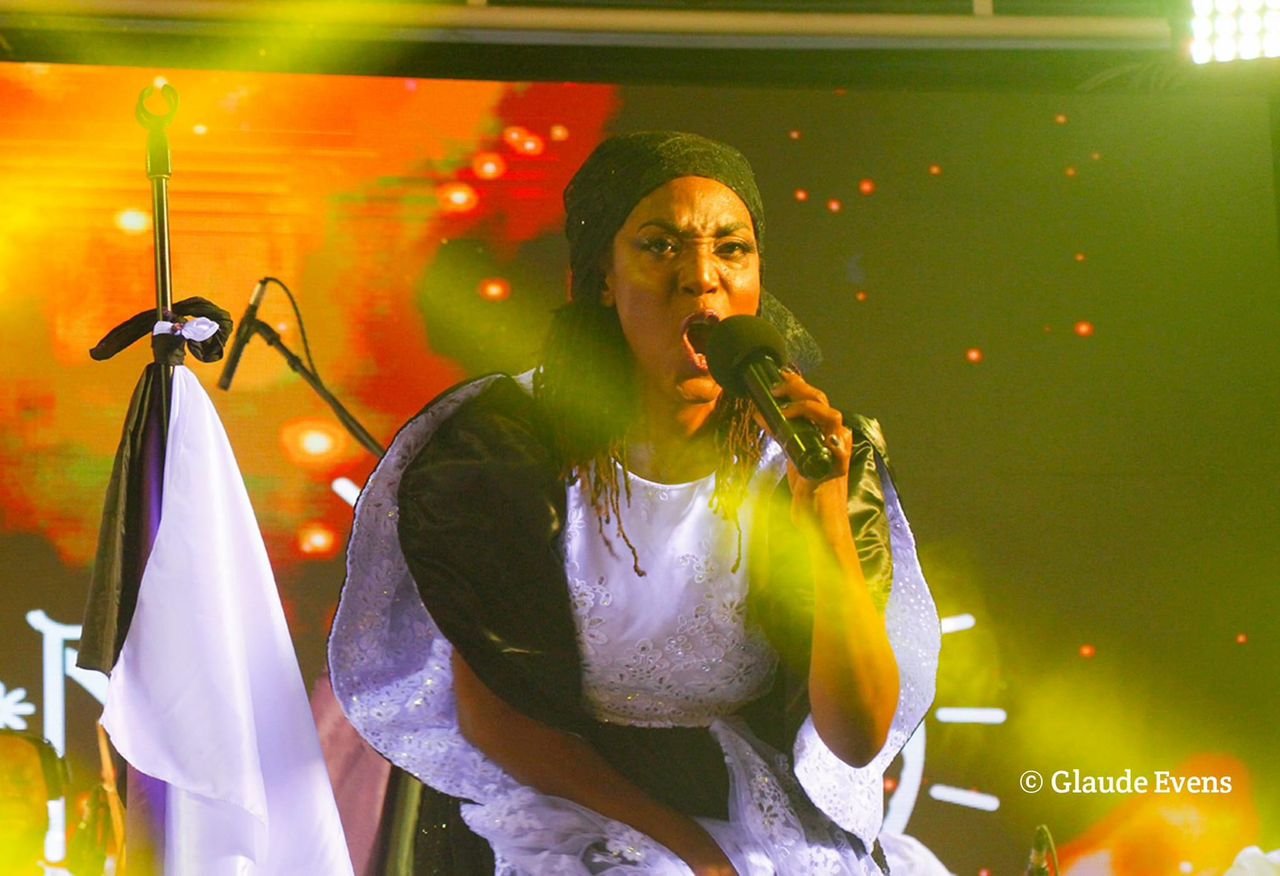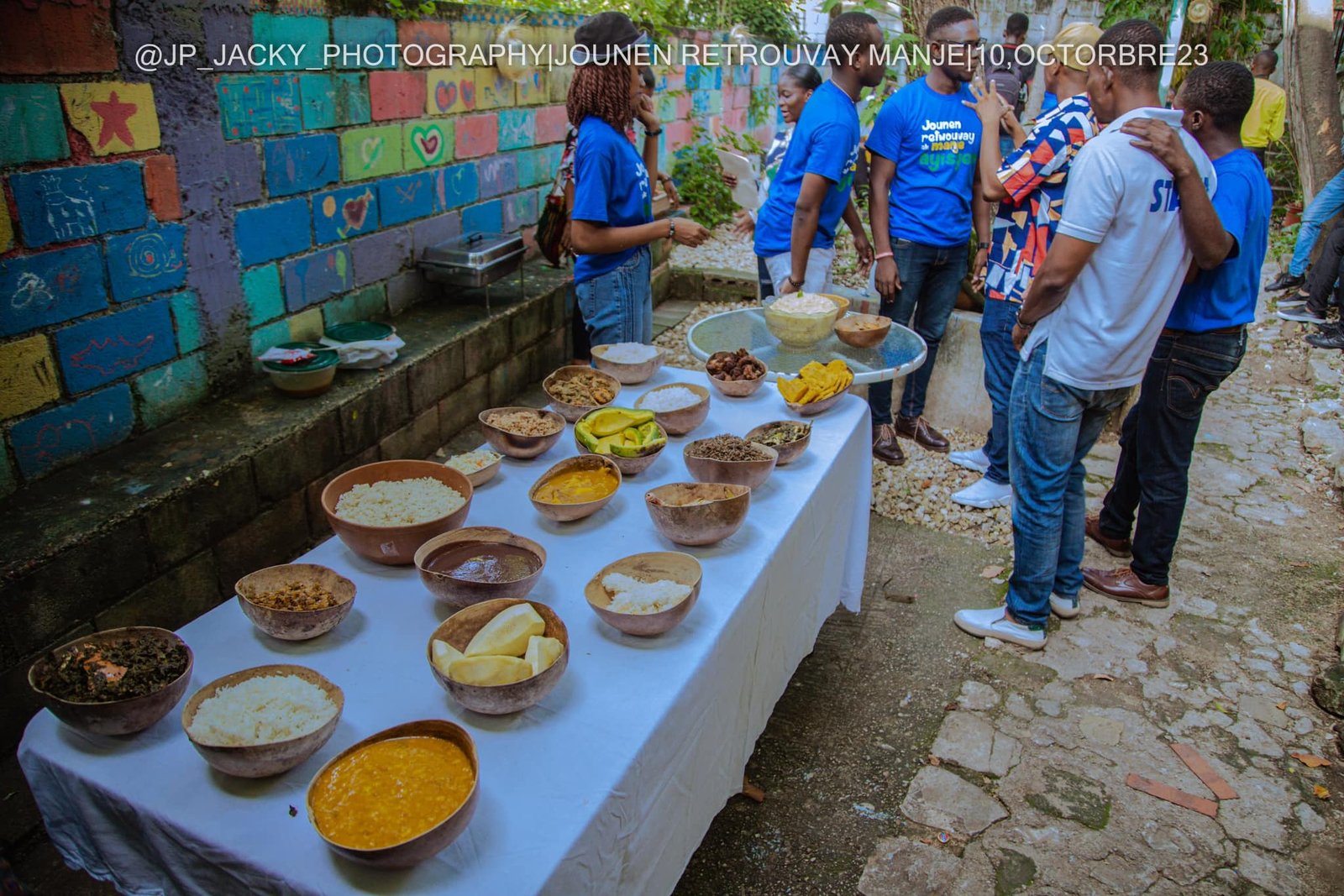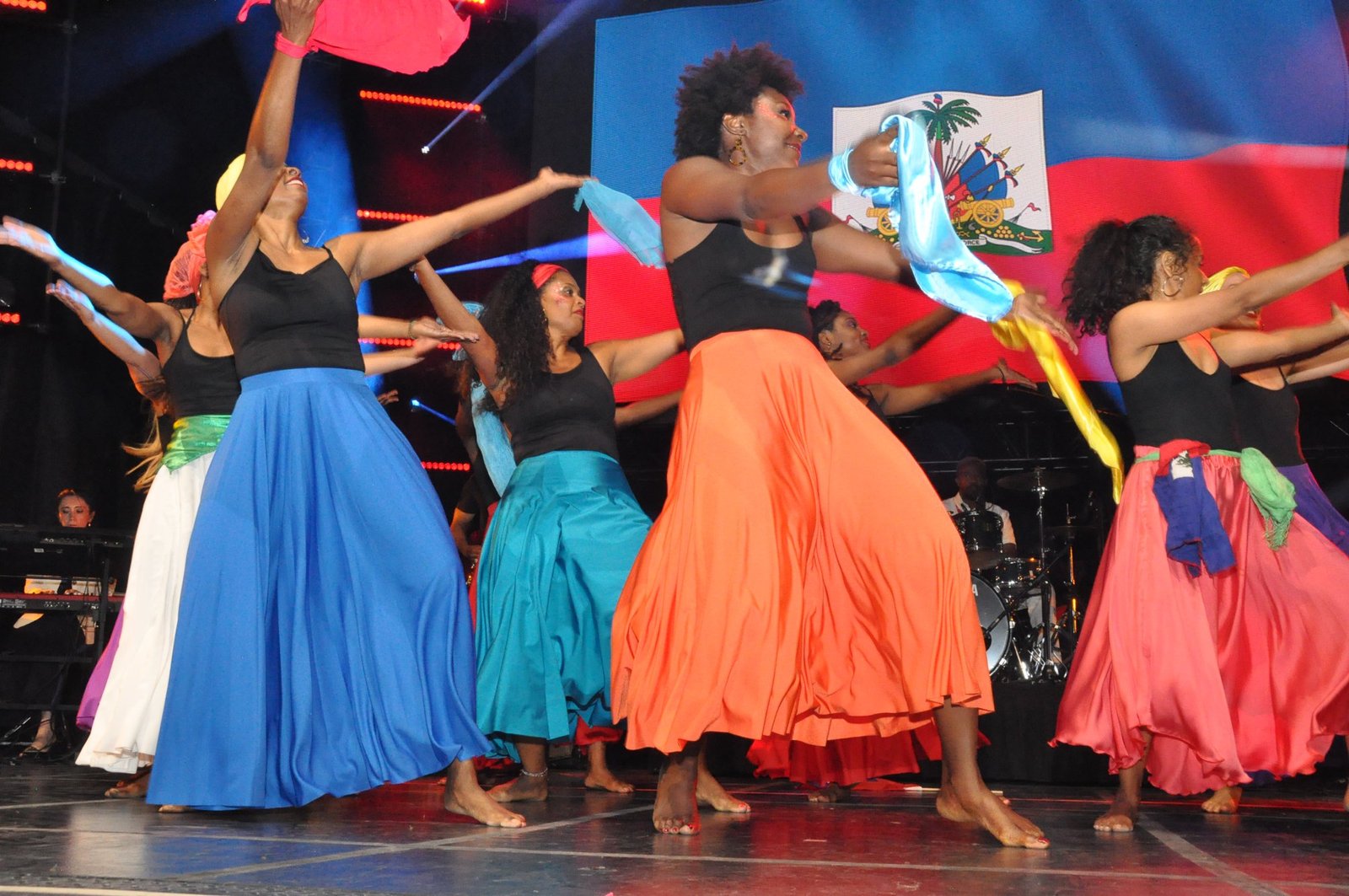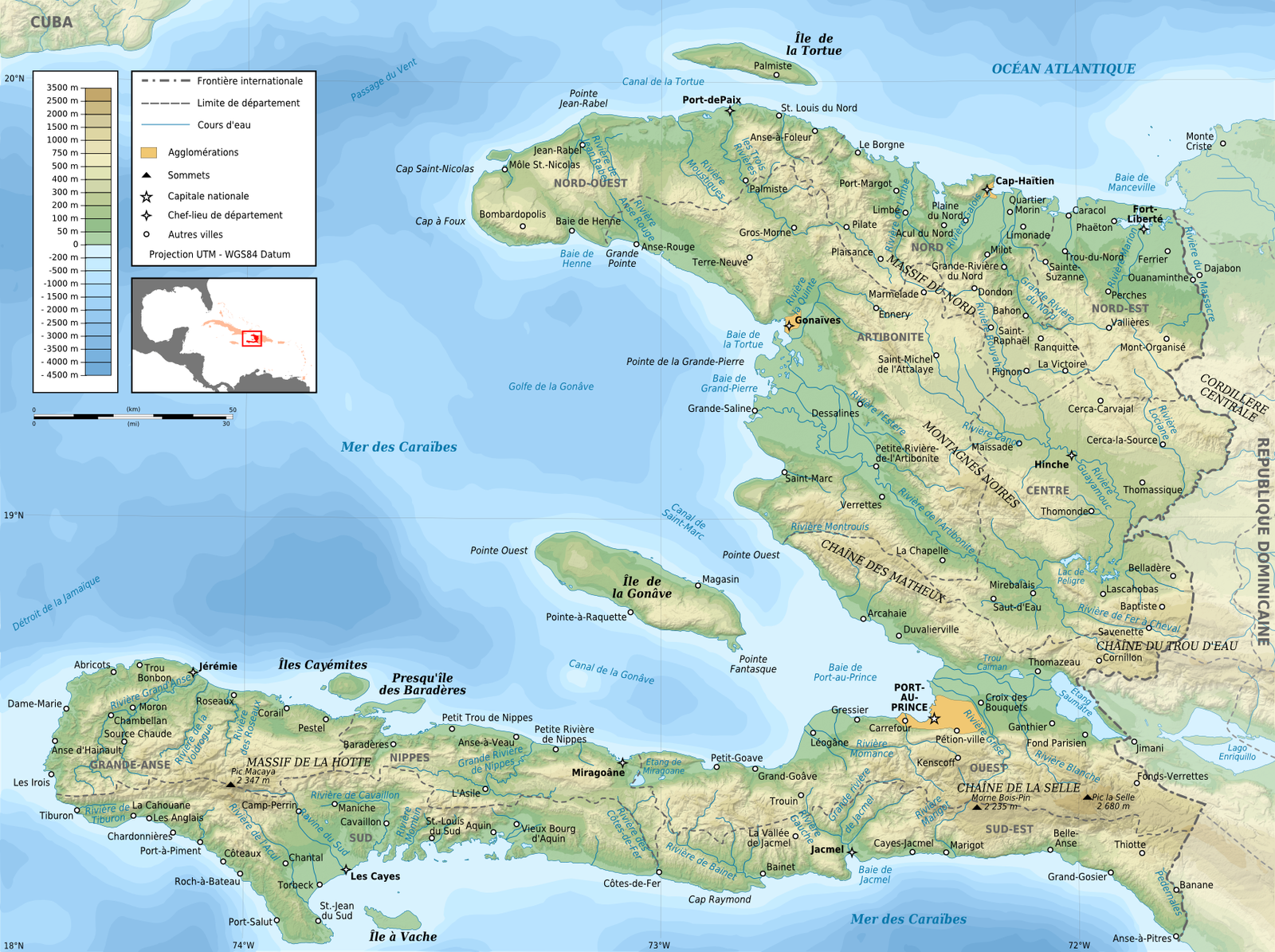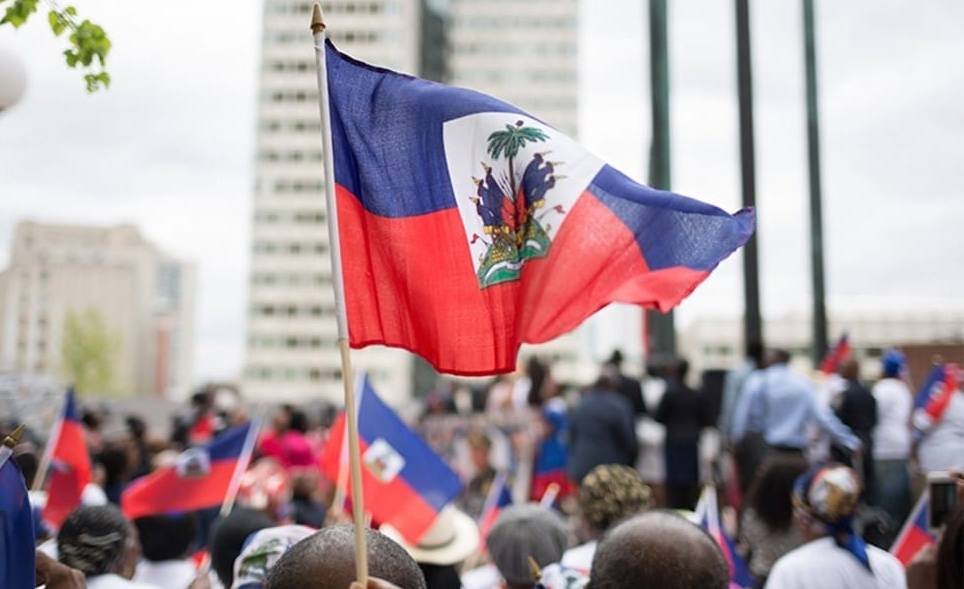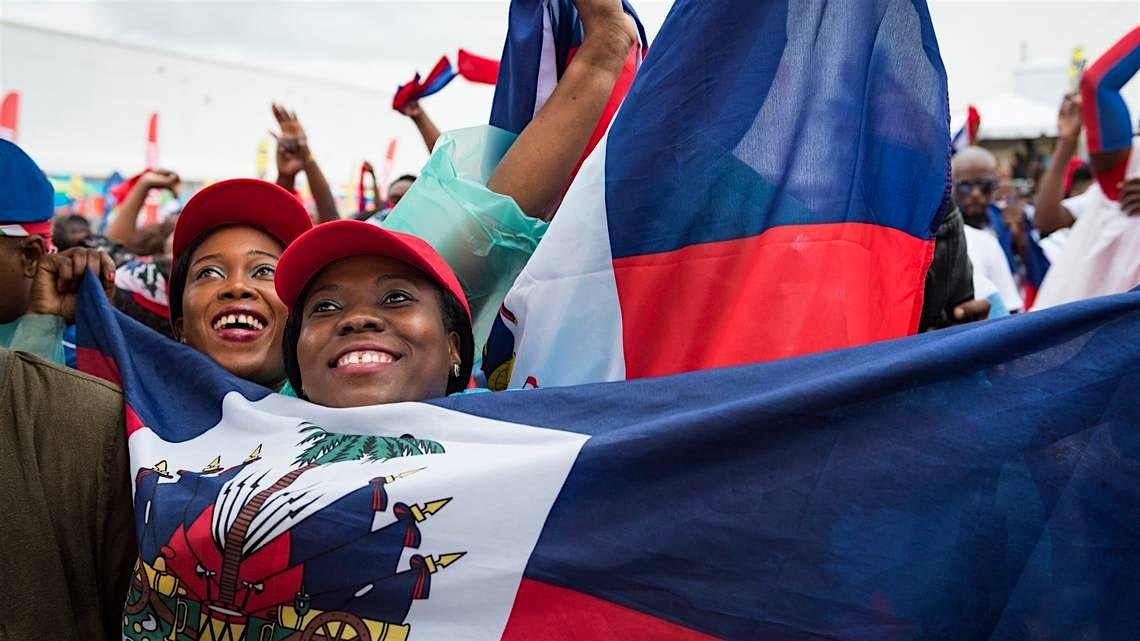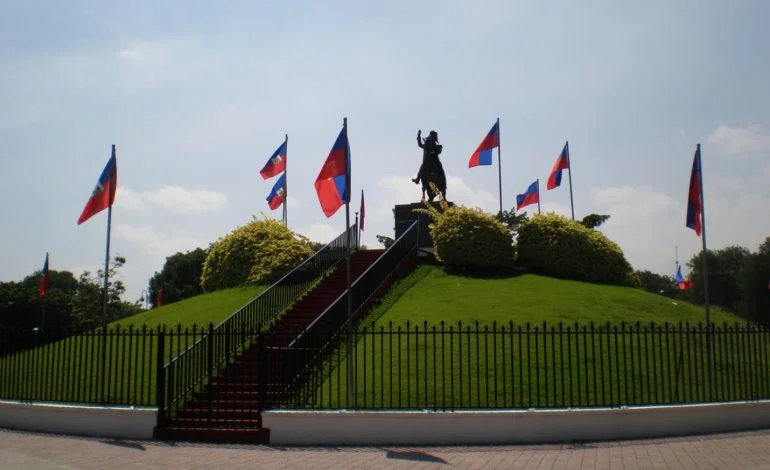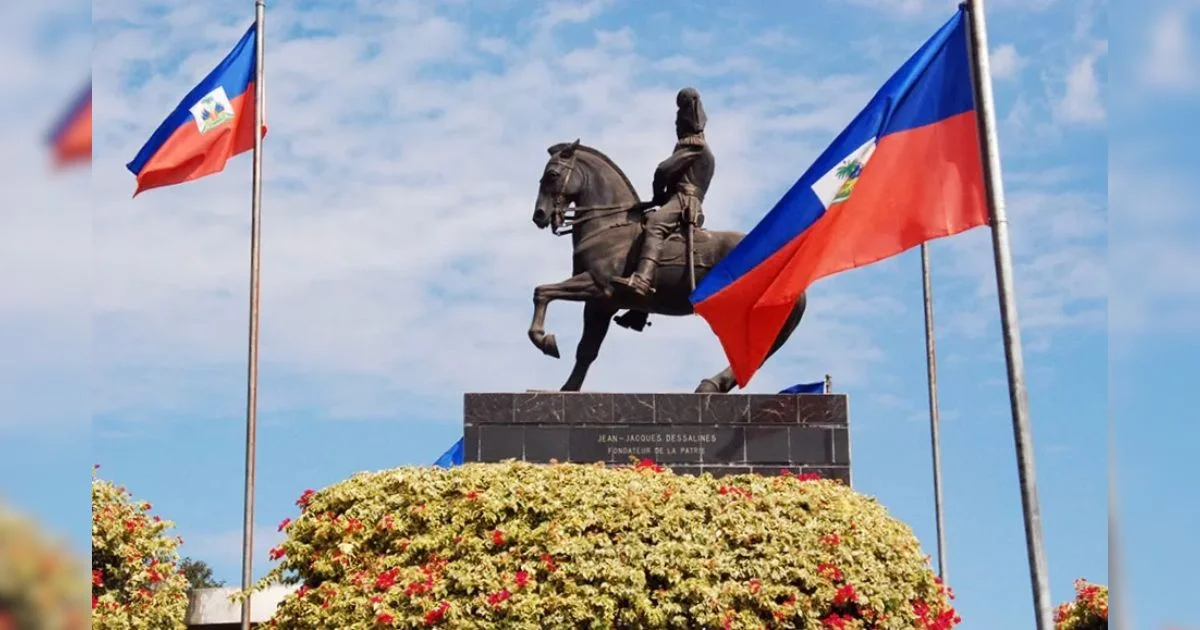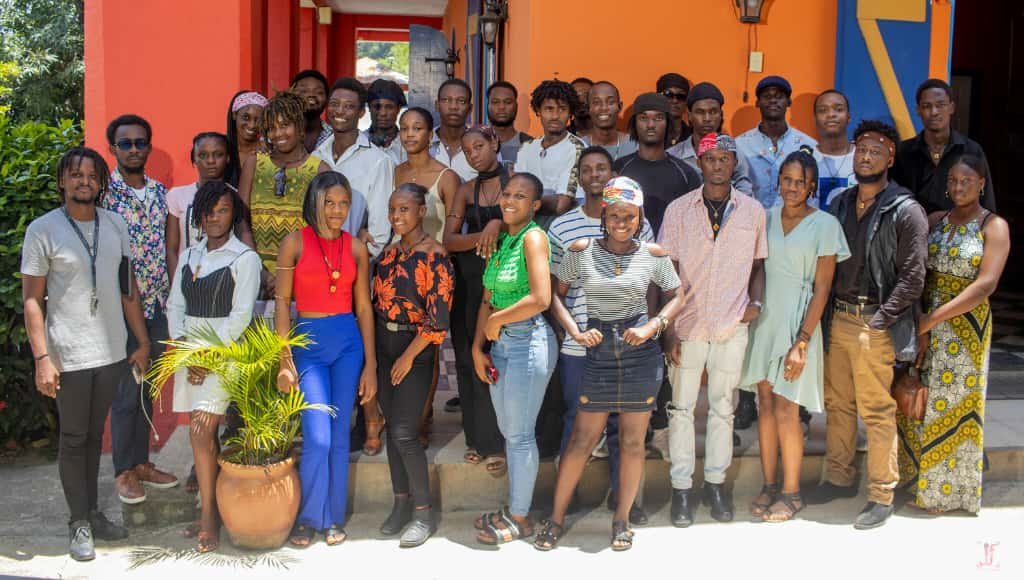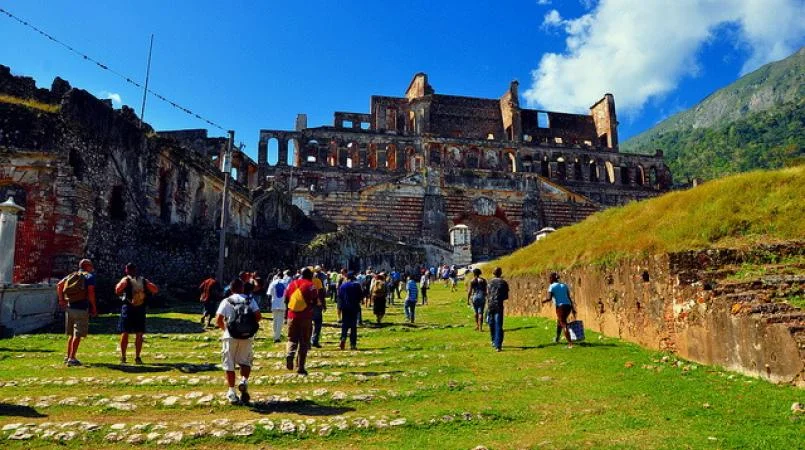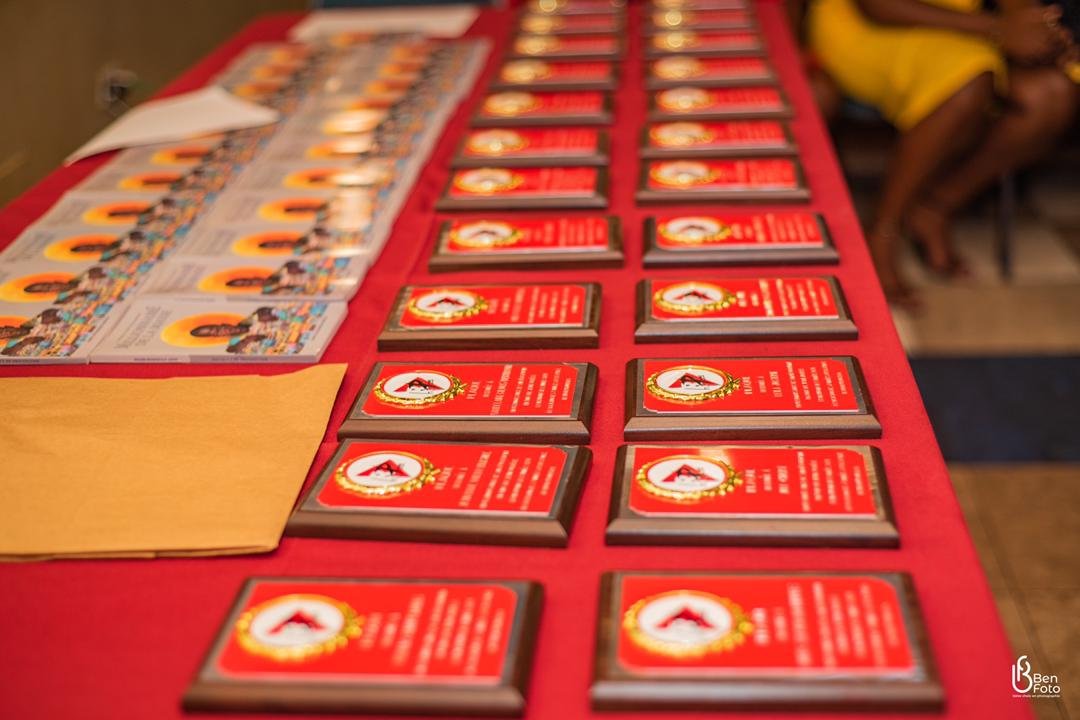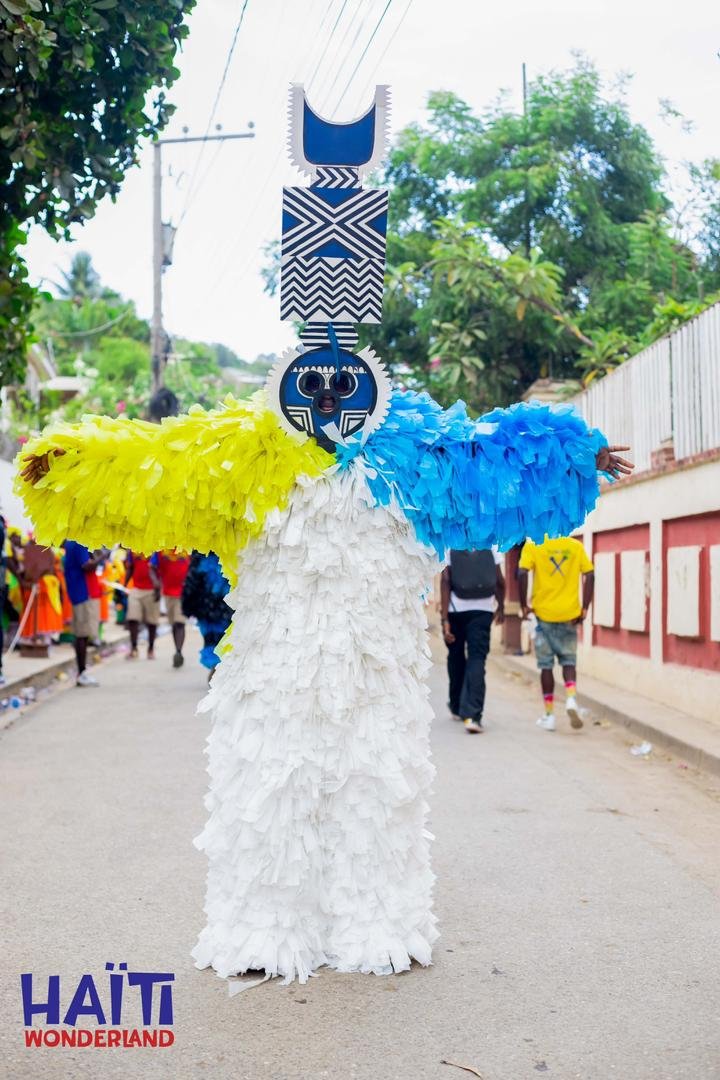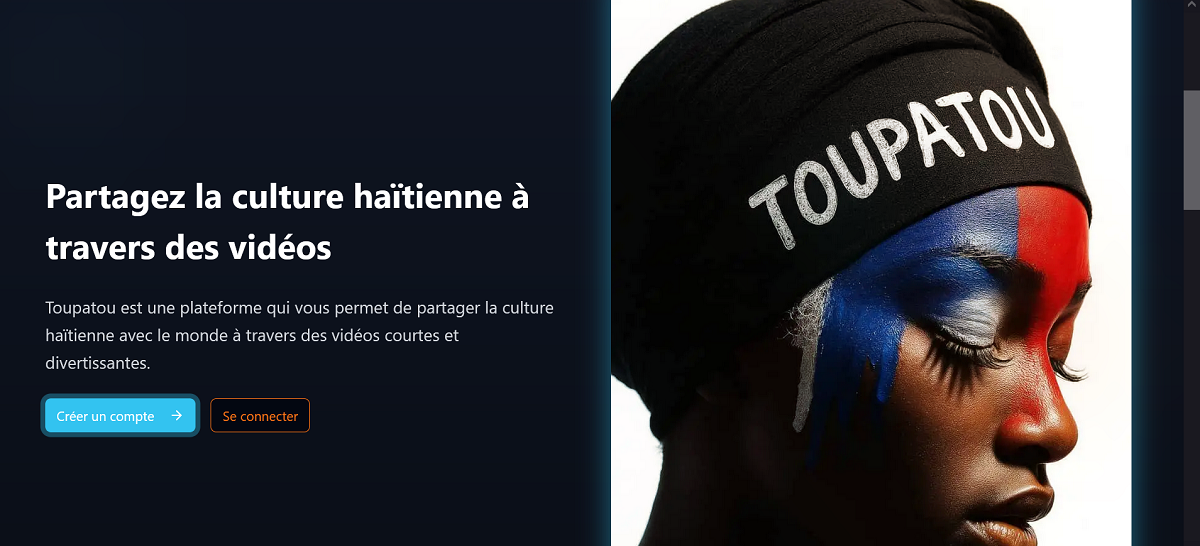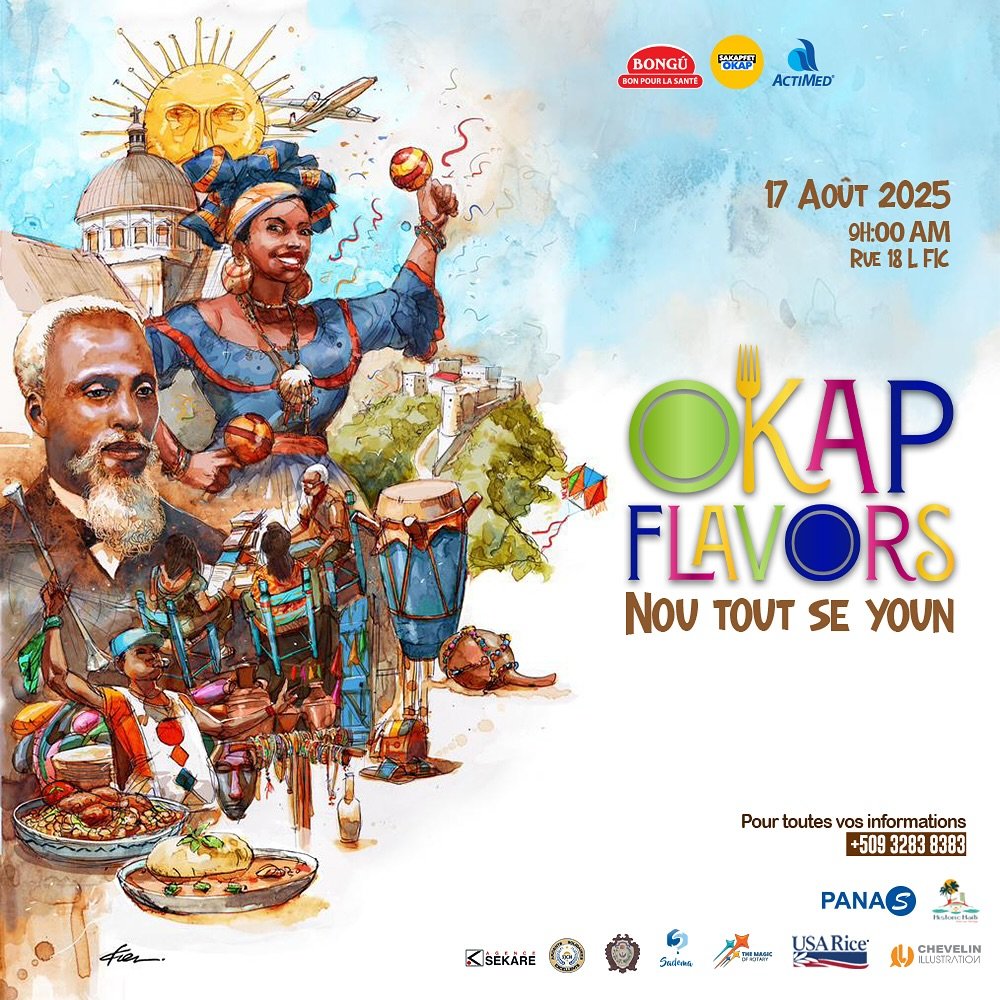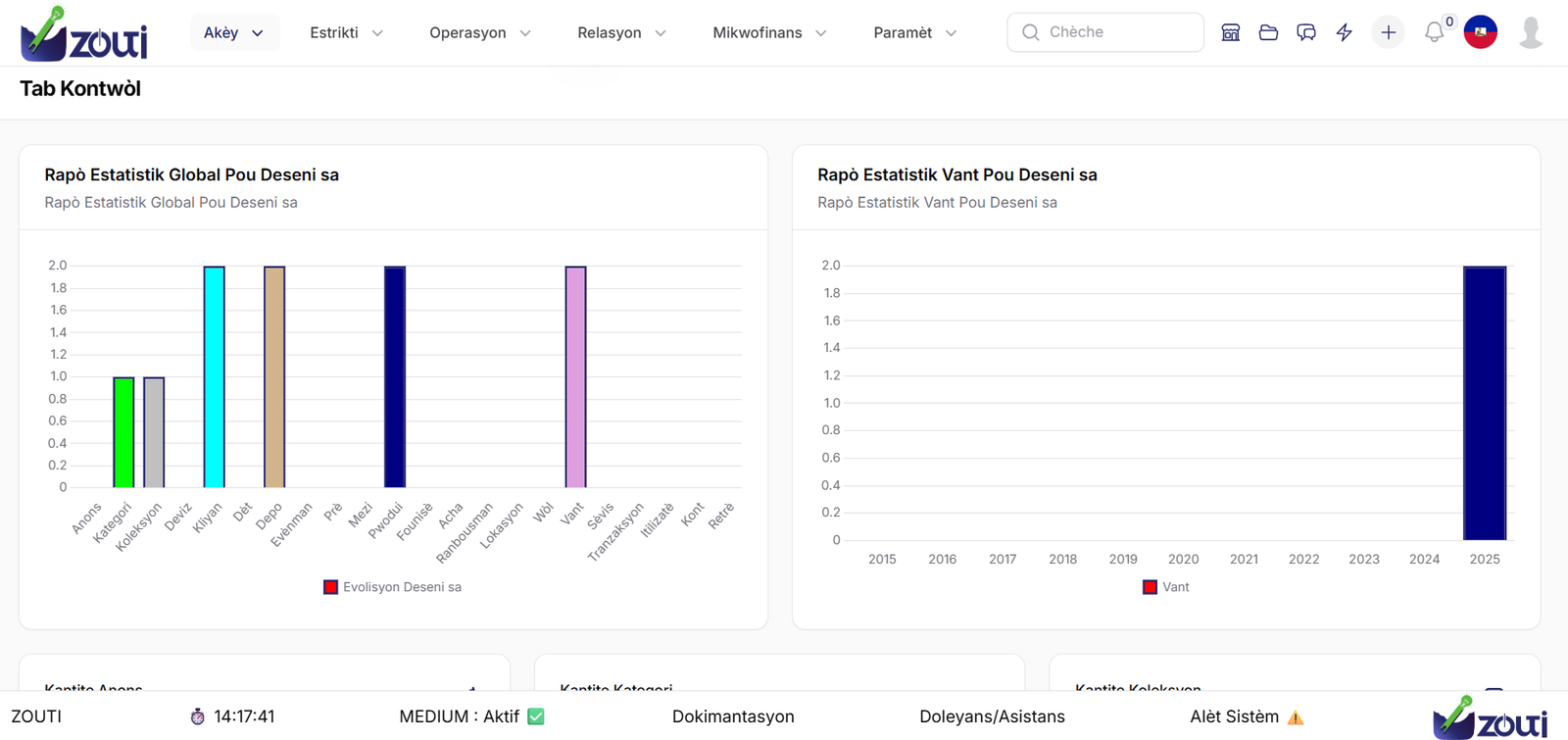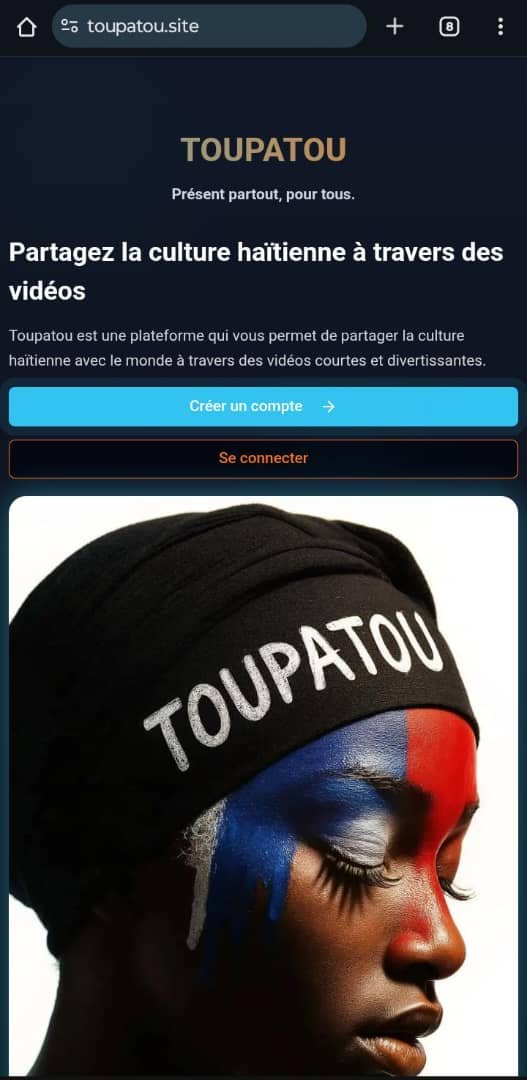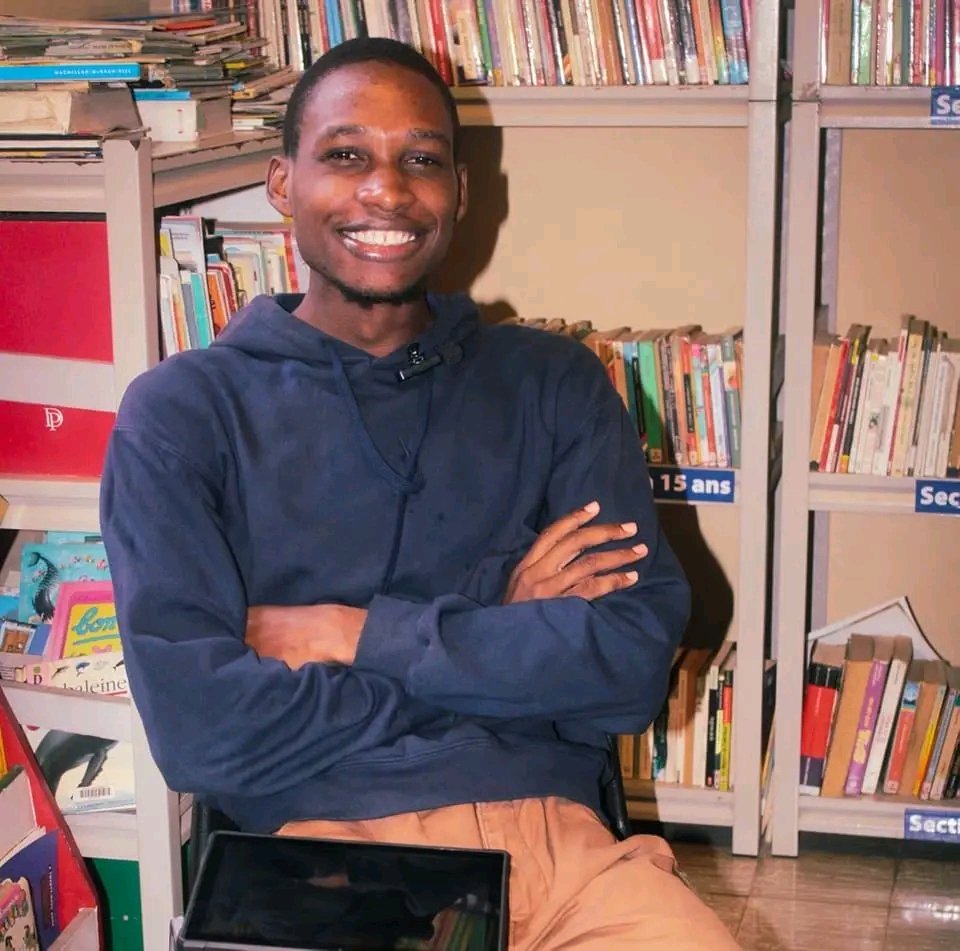Stéphanie Sophie Louis : Symbole d’un engagement juvénile pour le développement réel d’Haïti
Stéphanie Sophie Louis est le nom de cette jeune femme d’Haïti qui s’engage corps et âme dans une lutte pour le développement de son pays. Politologue militante, entrepreneure, conférencière, elle est née le 18 septembre 2001 à l’Hôpital de l’Université d’État d’Haïti dans la capitale du pays, et elle est l’une des trois filles de ses parents. Stéphanie a grandi au centre d’Haïti, plus précisément dans la commune de Lascahobas. Le mot phare dans la vie de cette jeune femme, c’est le mot "engagement" ; en effet, dès son adolescence, elle a intégré le mouvement de scouts. Cet événement la servira de tremplin pour être utile à sa communauté. En 2017, elle a même été désignée scoute de l’année pour le département du Centre. Grâce à sa présence au sein des scouts, elle a eu très tôt la chance de parcourir le pays de long en large, notamment en organisant des camps d’été pour une association qui s’occupe des enfants, un peu partout sur le territoire national : partant des Gonaïves jusqu’aux Cayes, en passant par Marchand Dessalines, Arcahaie et Saint-Marc. La jeune adolescente qu’elle était à cette époque, avec la permission de ses parents, a su traverser, de sa fougue, tout le corps de sa terre de naissance, ce qui s’est soldé tout naturellement par un réel amour pour son pays, une façon de confirmer l’idée qui atteste que celui qui voit de près ce pays finit toujours par tomber amoureux de lui.










